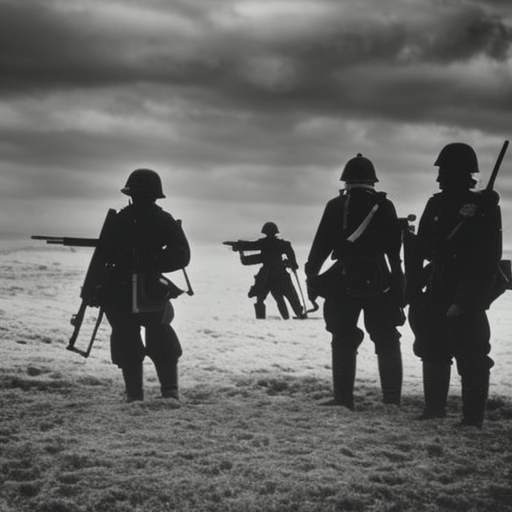Battle of Heiligerlee: Dutch Revolt Begins
The Battle of Heiligerlee, fought on May 23, 1568, was a significant event in the Dutch Revolt against Spanish rule. It marked the first major military engagement of the conflict and set the stage for the long and bloody struggle for Dutch independence. The battle took place near the village of Heiligerlee in the northern Netherlands.
Causes of the Dutch Revolt
The Dutch Revolt was primarily driven by religious and political tensions between the Protestant Dutch population and the Catholic Spanish rulers. The Spanish Inquisition and the imposition of Catholicism as the official religion in the Netherlands had created a deep divide within society. Additionally, the heavy taxation imposed by the Spanish crown and the suppression of Dutch political autonomy further fueled discontent among the Dutch population.
Leadership and Forces
The Dutch rebels were led by Louis of Nassau, the younger brother of William of Orange, who would later become a key figure in the Dutch struggle for independence. Louis had gathered a force of around 3,000 soldiers, consisting of both professional soldiers and armed civilians. On the other side, the Spanish forces were led by the experienced commander Jean de Ligne, Count of Aremberg, and consisted of approximately 3,500 soldiers.
The Battle
The battle began with an initial skirmish between the Dutch and Spanish forces. The Dutch rebels, utilizing their superior knowledge of the local terrain, managed to gain the upper hand and push back the Spanish troops. However, the battle quickly turned in favor of the Spanish when a group of Dutch cavalry, mistakenly believing that the battle was won, broke formation and charged towards the Spanish lines. This premature attack allowed the Spanish forces to regroup and launch a counterattack.
Outcome and Significance
Despite their initial success, the Dutch rebels were ultimately defeated by the Spanish forces. Louis of Nassau’s army suffered heavy casualties, including the loss of several key commanders. The Spanish victory at Heiligerlee did not, however, quell the Dutch resistance. Instead, it served as a catalyst for further rebellion and strengthened the resolve of the Dutch population to fight for their independence.
The Battle of Heiligerlee is considered a significant event in Dutch history because it marked the beginning of the Dutch Revolt against Spanish rule. It demonstrated that the Dutch rebels were willing to take up arms and fight for their rights and freedom. The battle also highlighted the importance of military strategy and discipline, as the premature charge by the Dutch cavalry proved to be a decisive factor in their defeat.
Following the Battle of Heiligerlee, the Dutch Revolt continued for several decades, with the Dutch rebels gradually gaining support and territory. The conflict eventually led to the establishment of the Dutch Republic and the recognition of Dutch independence from Spain in the Treaty of Westphalia in 1648.
In conclusion, the Battle of Heiligerlee was a crucial turning point in the Dutch Revolt. It demonstrated the determination of the Dutch rebels to resist Spanish rule and set the stage for a long and arduous struggle for independence. Despite their defeat, the battle served as a rallying cry for the Dutch population and laid the foundation for the eventual establishment of the Dutch Republic.












